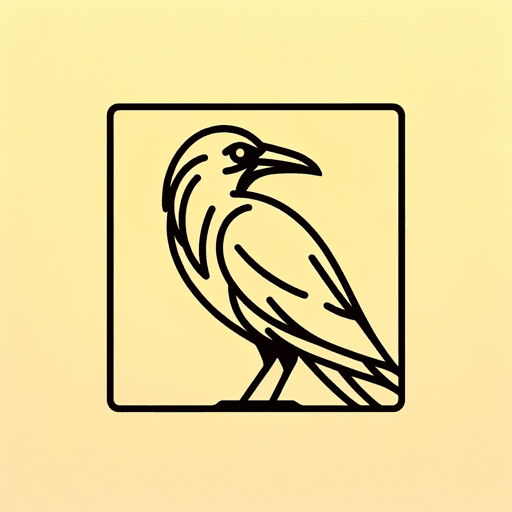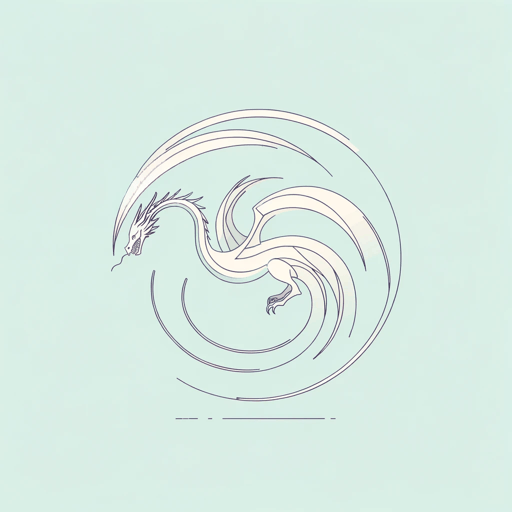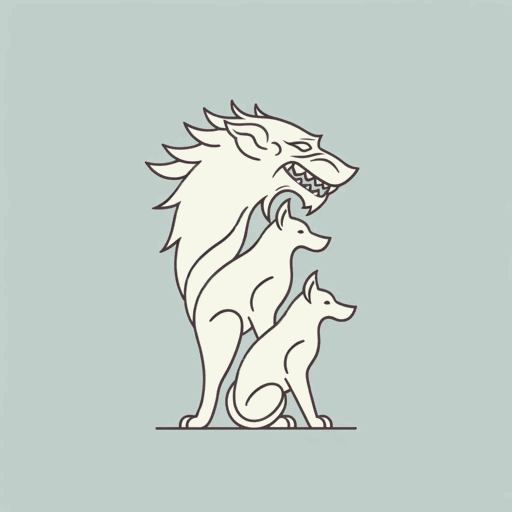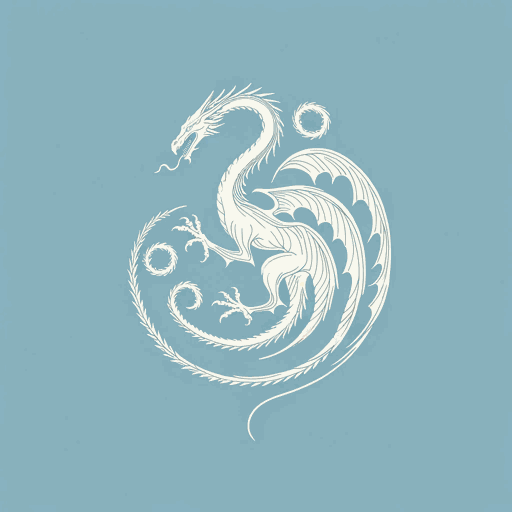50 pages • 1 hour read
George R. R. MartinA Feast for Crows
Fiction | Novel | Adult | Published in 2005A modern alternative to SparkNotes and CliffsNotes, SuperSummary offers high-quality Study Guides with detailed chapter summaries and analysis of major themes, characters, and more.
Symbols & Motifs
Animals, Sigils, and Totems
As the lords of Westeros trail behind Tywin’s funeral procession, Jaime notices “boars, badgers, and beetles, a green arrow and red ox” (254). The different dynasties of the realm, he sees, are indicated by a variety of fauna painted on their banners. And the “great,” traditionally most powerful houses are represented by wolves, lions, stags, dragons, and kraken. Yet these animal symbols do not serve a merely decorative function in A Feast for Crows. Rather, characters in the novel often believe they embody attributes of these creatures and identify strongly with their sigil. For example, Cersei says after Tywin’s death that “no one frightened her. She was the daughter of the Rock, a lion” (54). Likewise, Arya, when confronted with adversity in Braavos says, “I am a wolf, and will not be afraid” (107). Both appeal to the imagined strength of these apex predators to give them courage and to distinguish them from others.
At the same time, animals often symbolize the loss of identity in the novel. Reflecting on the atrocities at Saltpans, Jaime says, “This is a time for beasts […] for lions and wolves and angry dogs, for ravens and carrion crows” (512). War in Westeros, and the sectarian house loyalties underpinning it, have progressively stripped characters of their humanity and turned them into the very animals they fetishize.
Related Titles
By George R. R. Martin






